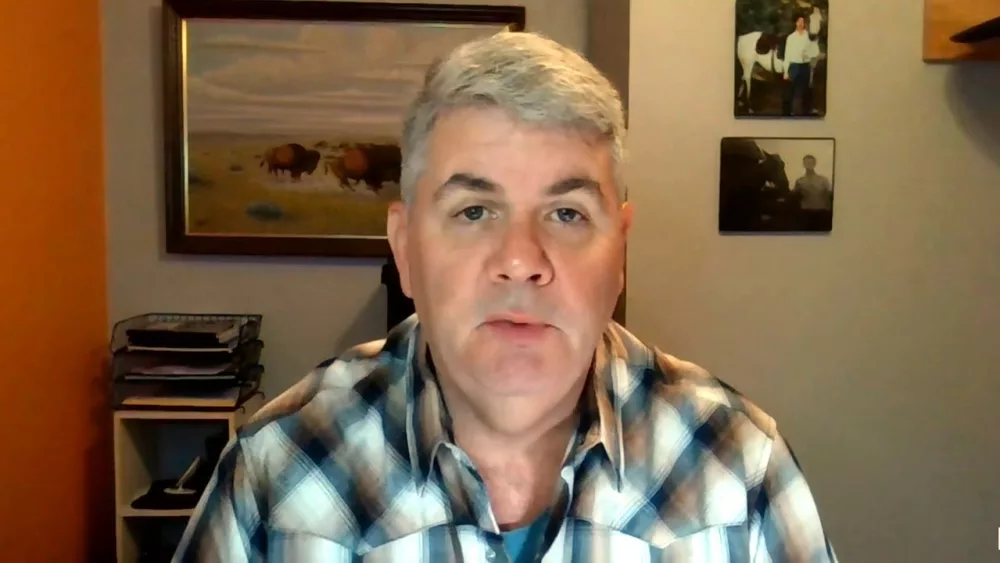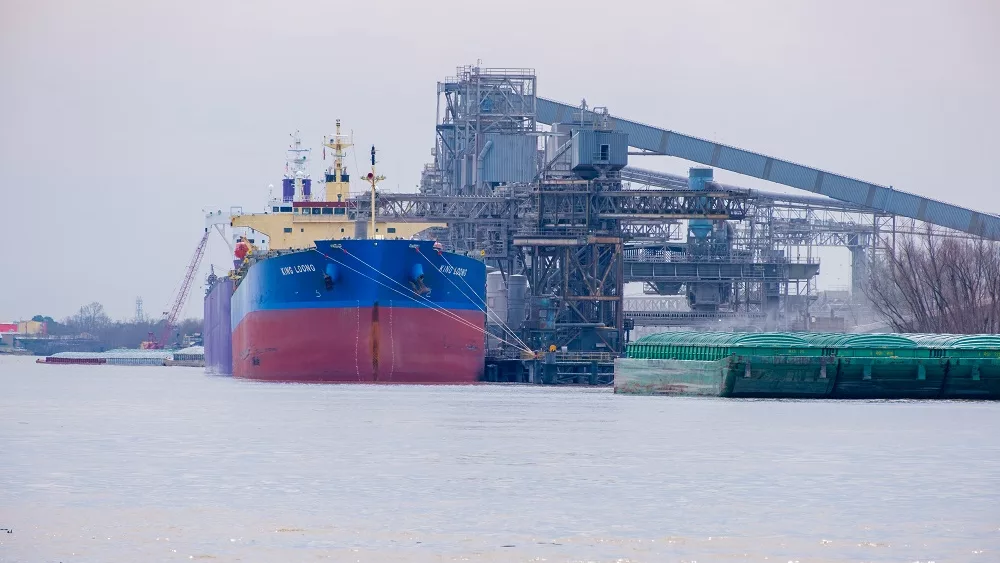
The expansion of the nation’s cattle herds for the first time since 2007 is largely the result of record-high cattle prices and the availability of more abundant feed, Purdue University agricultural economist Chris Hurt says.Hurt, analyzing a U.S. Department of Agriculture semiannual report that cattle numbers have increased by slightly more than 1 percent following seven years of decline, said there were multiple incentives for expansion in 2014.”These were led by record-high cattle prices in 2014 with finished cattle averaging near $155 per live hundredweight and Oklahoma 500-550 pound steer calves averaging $250,” Hurt said. “The other part of the incentive was more abundant feed due to a retreating drought in the Central and Southern Plains that restored range conditions and to favorable feed crop production in 2013 and 2014 which lowered corn and protein feed costs.”
The most significant expansion has been in beef cows, which were up 2 percent from the previous year, the USDA said. There were 610,000 new beef cows added nationally.
Hurt said the expansion is likely to continue through most of this decade. “It is common for the beef herd to be in expansion for four to six years,” he said.
Beef supplies this year might not be down by as much as the nearly 2 percent the USDA has been expecting, Hurt said. That is because of larger calf numbers and expected heavier marketing weights this year.
“With feed prices in 2015 expected to be the lowest in five years, those higher weights will likely continue, and beef supplies for 2015 could be in a range from down 1 percent to up 1 percent,” he said.
Beef, however, will face strong competition from higher supplies of other meats in 2015, when poultry supplies could be 3 percent higher and pork 4-5 percent higher, Hurt said. On the other hand, he added, beef demand should benefit from moderate growth in consumer incomes and from lower fuel prices.
Dairy cow numbers were up 1 percent. A larger-than-expected pool of calves will increase slaughter supplies, especially late this year and into 2016, Hurt said.
Hurt said futures markets suggest that 2015 average finished cattle prices will be in the high $140s. But he expects them to average $150 – to $157 this year, with prices rising and falling depending on the season.
“Given the uncertainties in the U.S. and world economies, concerns about commodity deflation, an unusually high-priced year in 2014, and a period of rapidly rising competitive meat supplies, it seems like a time of caution for beef market participants,” Hurt said.
Hurt’s full analysis is available at https://farmdocdaily.illinois.edu.




